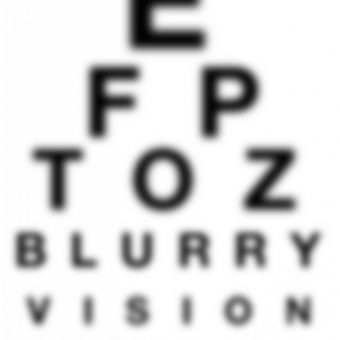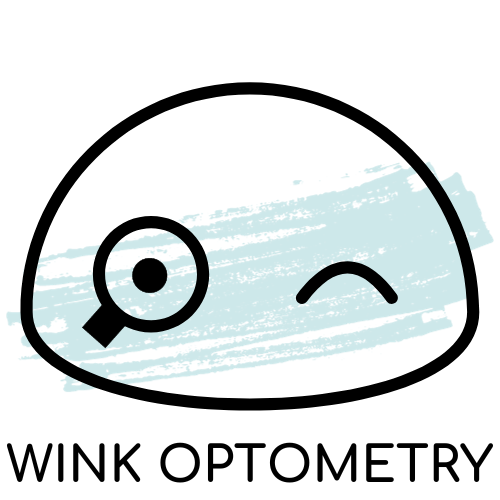This one’s for all the mothers out there – whether you’re a mother-to-be, already a full-fledged mother, or planning on being a mother, here are some changes you can expect or may have already experienced. All eyes are different, so the degree to which the changes occur will differ among mothers. As if your body wasn’t undergoing enough change as it is, your eyes will also undergo some change. Here are the most common changes that can occur:
 Change in prescription. For many mothers, this will occur during the pregnancy and may be a permanent change. Unfortunately, the prescription change is usually for the worse. You might be one of the lucky ones where the change is not permanent, but it is different for everyone. Many mothers that have come through my practice have experienced prescription changes and it has stayed with them. The few lucky ones didn’t experience any change with their prescription.
Change in prescription. For many mothers, this will occur during the pregnancy and may be a permanent change. Unfortunately, the prescription change is usually for the worse. You might be one of the lucky ones where the change is not permanent, but it is different for everyone. Many mothers that have come through my practice have experienced prescription changes and it has stayed with them. The few lucky ones didn’t experience any change with their prescription.- Increased sensitivity. As your body is going through many changes during pregnancy, your eyes may become hypersensitive. This may manifest as dryness or increased irritation. For contact lens wearers, you may find that your eyes are no longer able to tolerate contact lenses during your pregnancy. This is more likely not to last past birth/breast feeding stages. Artificial tears will often help with the dryness experienced during this time. They are available with and without preservatives – if using the drops with preservatives, it is best not to use them more than four times per day per eye (if you require more than four drops a day, it would be better to switch to the preservative free drops).
- Visual disturbances. If you’ve never experienced migraines or ocular migraines, you may during the
 pregnancy. They often manifest as flashes of light, zig-zag patterns of light, blind spots, or temporary loss of vision. Sometimes people only experience the visual symptoms but the unlucky ones will get a pain/headache afterwards. If it is your first time experiencing ocular migraines, it is best to see your eye doctor to ensure it isn’t anything more serious – temporary loss of vision and flashes of light can also be indicators of other ocular disease.
pregnancy. They often manifest as flashes of light, zig-zag patterns of light, blind spots, or temporary loss of vision. Sometimes people only experience the visual symptoms but the unlucky ones will get a pain/headache afterwards. If it is your first time experiencing ocular migraines, it is best to see your eye doctor to ensure it isn’t anything more serious – temporary loss of vision and flashes of light can also be indicators of other ocular disease. - Eye disease. Even women with healthy pregnancies can sometimes develop an eye disease called central serous retinopathy where there is a build of fluid underneath the retina in the macula (where we get our sharpest vision). Visual changes include distorted or blurry vision in the affected eye. Your vision will most likely return to normal after birth, but there are instances when the vision does not return completely and vision is permanently affected.
- Existing conditions. For mothers who are diabetic or hypertensive, it is crucial that they keep these systemic diseases under control during pregnancy as it usually worsens during this time. It is important closely monitor any changes and proactively treat any issues that may arise during pregnancy. Preeclampsia and eclampsia can also cause changes to the eyes and it is important to monitor and treat these changes accordingly.
Mothers have to endure so much to give us life – huge thank you and thumbs up to all mothers out there that endure for us. You are all truly amazing! If you have any questions or concerns, please feel free to reach out to us 🙂


Hello!!This blog has great information that you share on this website. Everyone follow this tips. I like the helpful information you provide in your articles. I’ll bookmark your blog and check again here regularly. Thanks for sharing this with us.